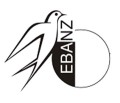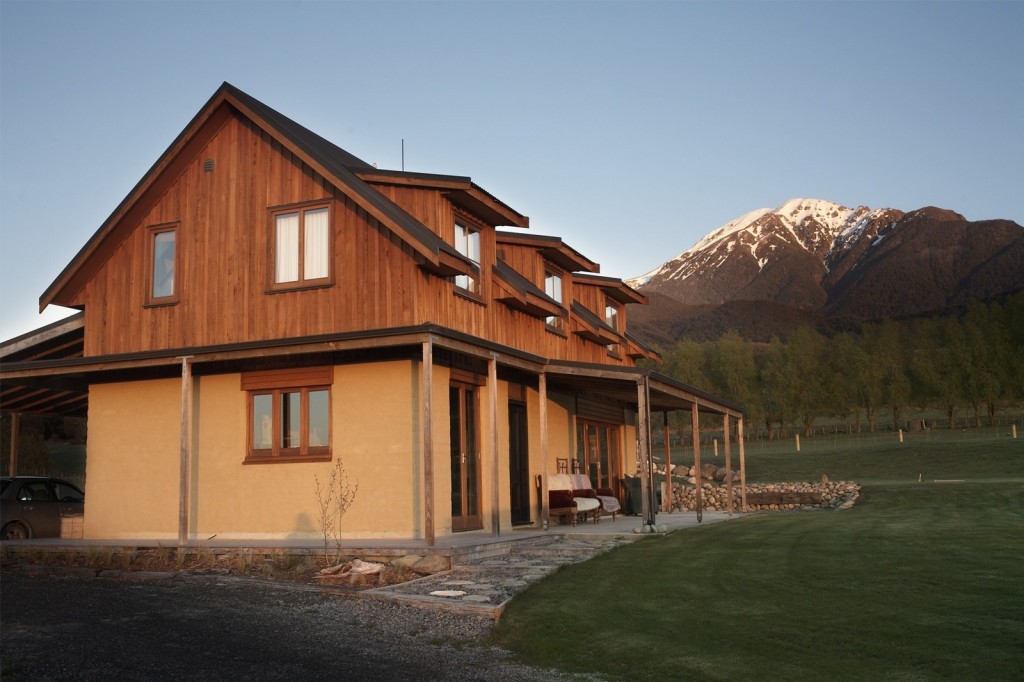Adobe or mud-brick is an ancient technique dating back at least to Jericho (8300 BC). The oldest continually inhabited structures in the world are built in adobe. Some built in North America around 900 years ago are still in use today.
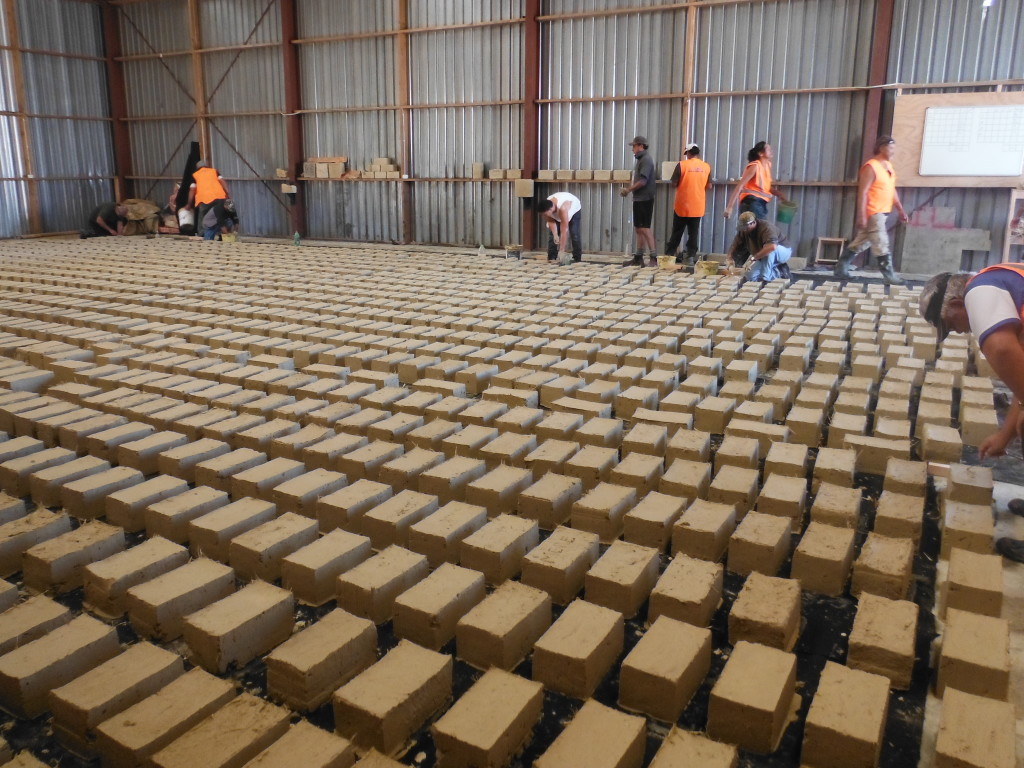
Mud bricks (adobe bricks) are formed by hand either in single or multi-molds.
Adobe is probably the simplest and easiest form of earth building. Most of the shrinkage takes place in the brick itself before the walls are built, so shrinkage cracking is much less of a problem. The bricks can be cast from a greater variety of soils, and can cope with more clay content than is suitable for the in-situ techniques.
Mud bricks are cast in open moulds on the ground, using a blend of earth and water with the consistency of cake mix. The moulds are withdrawn either straightaway or the next day. Once the bricks are firm enough they get turned onto their sides and maybe trimmed. They dry in the sun and the air, before getting stacked away. Different shapes of bricks can be cast to create wedges for corners or arches, 45-degree corners, or rebates for jambs.
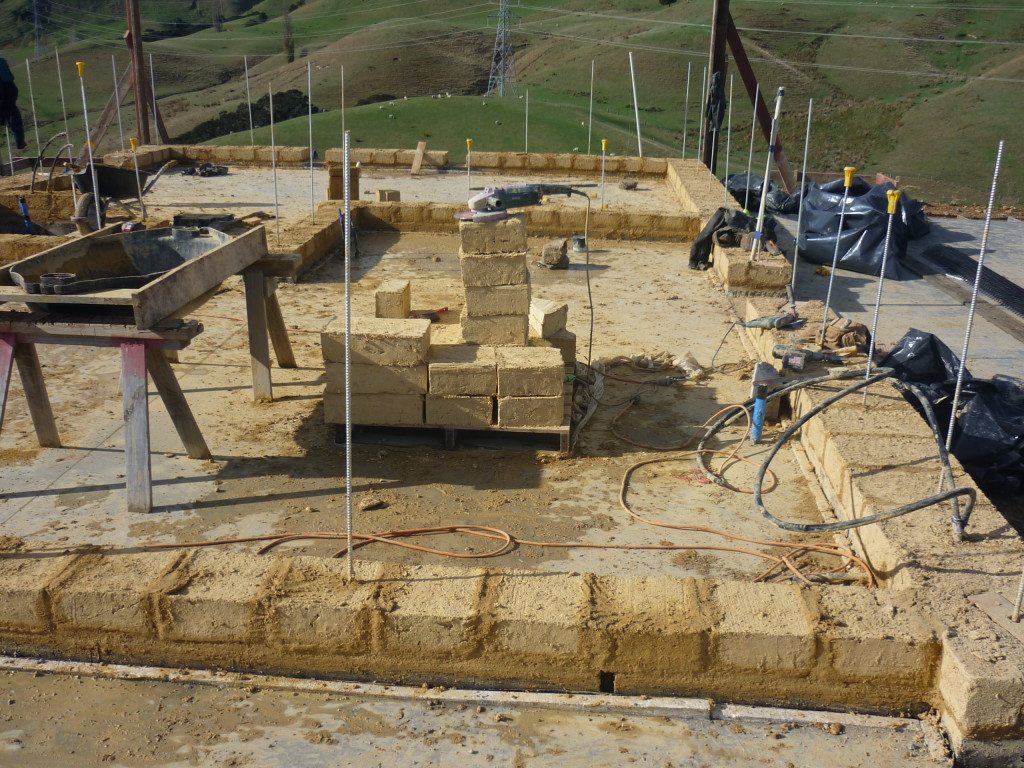
A light adobe house at the beginning of construction. Very simple building system for load-bearing walls.
Holes for reinforcing or services can either be cut into newly cast bricks or can be drilled later as required.
The bricks get laid up into the wall with a mortar similar to the brick consistency, although modified sometimes for shrinkage control and workability (often by adding coarse sand).
The finished walls are bagged as they are laid, a practice whereby the mortar mix is rubbed thinly into and over the walls to fill in gaps and cracks.
Often an earth render is applied as a surface coating. This coating will sometimes have a dust retardant in it – a traditional and successful mixture uses clay and sand mixed with fresh cow manure, but other recipes call for wallpaper size, flour paste, casein-borax glue or lime-casein glue. The wall surface tends to be a bit uneven unless plastered. It has a “soft” look, although the material is quite hard when dry.
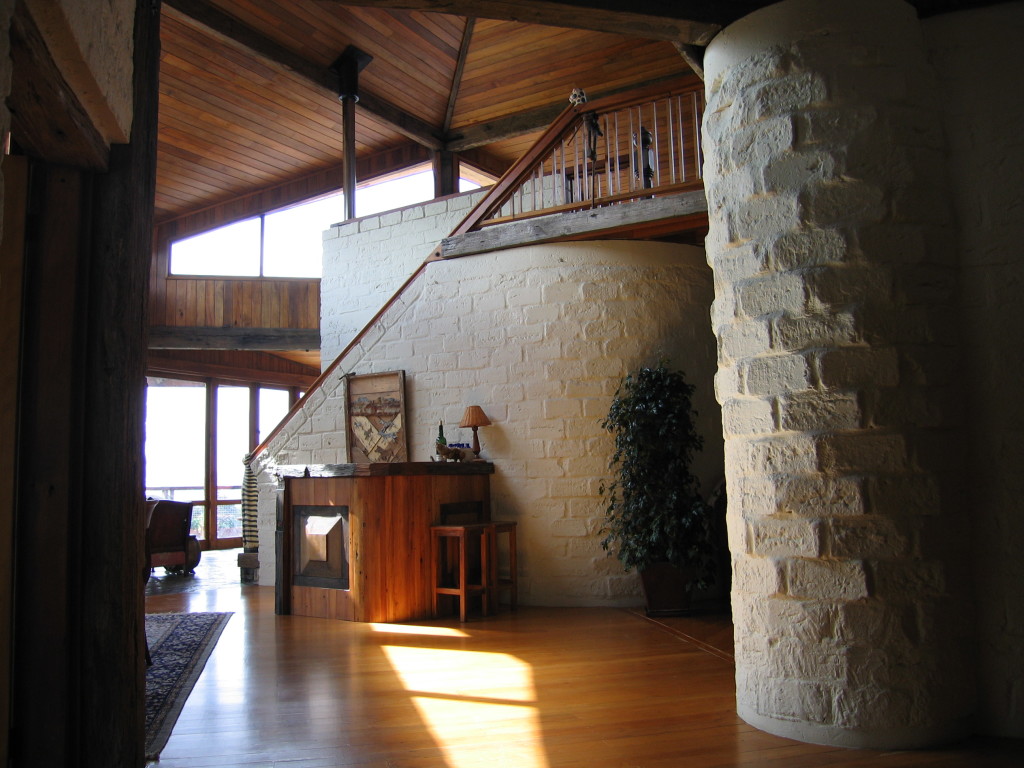
Curved adobe walls with white wash as a natural finish
Sometimes adobe bricks are stabilised with a small percentage of hydrated lime or cement. Mortar shrinkage is more of a problem with this type of construction than shrinkage of the bricks themselves.
The necessary tests for adobe bricks and mortars are detailed in NZS 4298.
